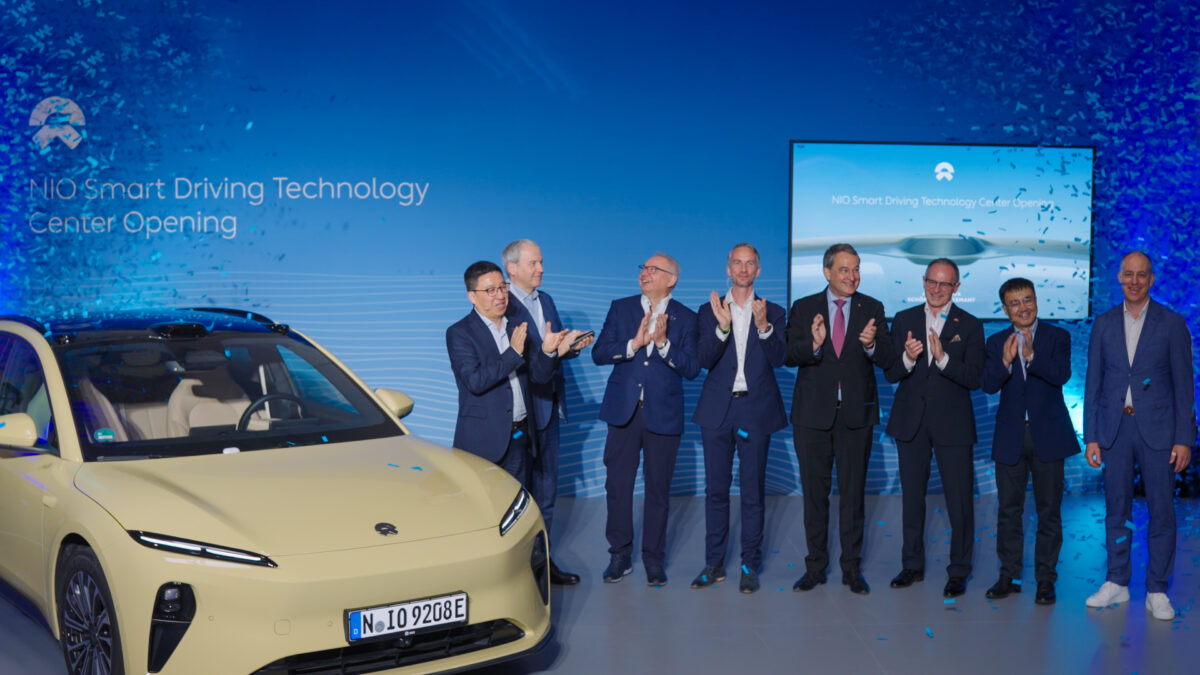There are many reasons why automotive manufacturers are now looking outside the industry for companies to develop in-car electronics, but most notable is the need to build high-quality products that can stay current with the rapidly moving consumer electronics industry.
QNX, the wholly-owned subsidiary of BlackBerry, is just one electronics company which has moved over into the automotive sphere, announcing collaborations with multiple OEMs and suppliers. QNX believes that the car needs to keep up with the rate of consumer electronics development while maintaining a quality standard. Indeed, recent work with Google, Apple and Nokia has ensured QNX is catering to consumer needs.
 “Many suppliers are now moving towards an automotive environment, but we all have to work towards and maintain that automotive quality standard,” says Andrew Poliak, Director of Automotive Business Development at QNX.
“Many suppliers are now moving towards an automotive environment, but we all have to work towards and maintain that automotive quality standard,” says Andrew Poliak, Director of Automotive Business Development at QNX.
Poliak started working with QNX in 2000, to deal with the company’s alliances, and in 2005 formed the Automotive Business Development team, after noticing increasing possibilities for CE suppliers and automotive OEMs. He also helped to launch the QNX CAR application, which reduces the engineering needed to develop connected in-car systems, enabling the technology to develop and update without the need for the car to go back to a dealer. The platform combines QNX’s automotive grade operating system with the ability to run web or Android apps.
“We focus on getting a lot of the problems with boot speeds, with the ability to interact with iPods and iPhones, and all these things, figured out in advance and then we give it to the car company, which benefits the grand scheme of things, especially when the car leaves the garage,” says Poliak.
QNX bypassed the slow development of the automotive industry in electronics by creating a platform with the ability to be updated after installation in a vehicle. “What we have found is that with many suppliers it would take three to five years to build an automotive platform,” Poliak comments. “So what we decided to do is take all those little building blocks that we made and combine them into one reference implementation.”
The supplier recently worked with Chrysler on the Chrysler 8.4-inch UConnect Touch, a QNX-based system with the ability to download apps after purchasing the vehicle, along with other automotive grade developments such as autonomous, semi-autonomous or advanced driver assistance systems. “The advantage of our operating system is, while we can support all these consumer things, we also have auto grade underpinning the non-operating system, so we’re also being used for safety critical applications,” says Poliak.
However, Poliak still considers both built in and brought in technology as essential for development of the connected car: “whether it’s a brought in experience and projected from your phone; whether it’s a built in and you can download apps to the car; or whether you’re using the Cloud for a lot of your content and services – the point from QNX perspective is we’re enabling all of them. I think they will change a lot, too. Over the next two to three years, you’ll see a lot of brought in experiences from your mobile handset, and more downloadable apps and content directly in the vehicle. Ultimately, any content will be available to any device, purchased any time, and that will be something that the automotive realm will migrate to.”
Amongst these ideals comes challenges, which Poliak believes lie with matching the experience in the car to the one that users have on their smartphones. “One of the biggest challenges is that, in many cases, the same processors used in smartphones are being used in cars. However, that happened in the last ten years, not the average year to two years that you find on a smartphone,” Poliak notes.
“I think a big trend is going to be how you capitalise on these huge developer ecosystems and application environments to get an automotive version. The solution is not to adopt a consumer phone application, that’s really geared for 0mph use, into an automotive screen that’s geared for 70mph use, so leveraging those developer communities to find the appropriate flavours of those apps to use in an automotive screen will become very important.”
Closely linked to this, in Poliak’s view, is the blending of safety systems with non-safety systems. “We see a big trend as you drive down into low-end vehicles of trying to consolidate cluster with infotainment; or advanced driver assistance, or semi-autonomous functions, or surround-view cameras, with infotainment. QNX is working on this right now. Overall, it’s a trend to blend things that require safety certification with things like Android apps, which aren’t safety certified.”



